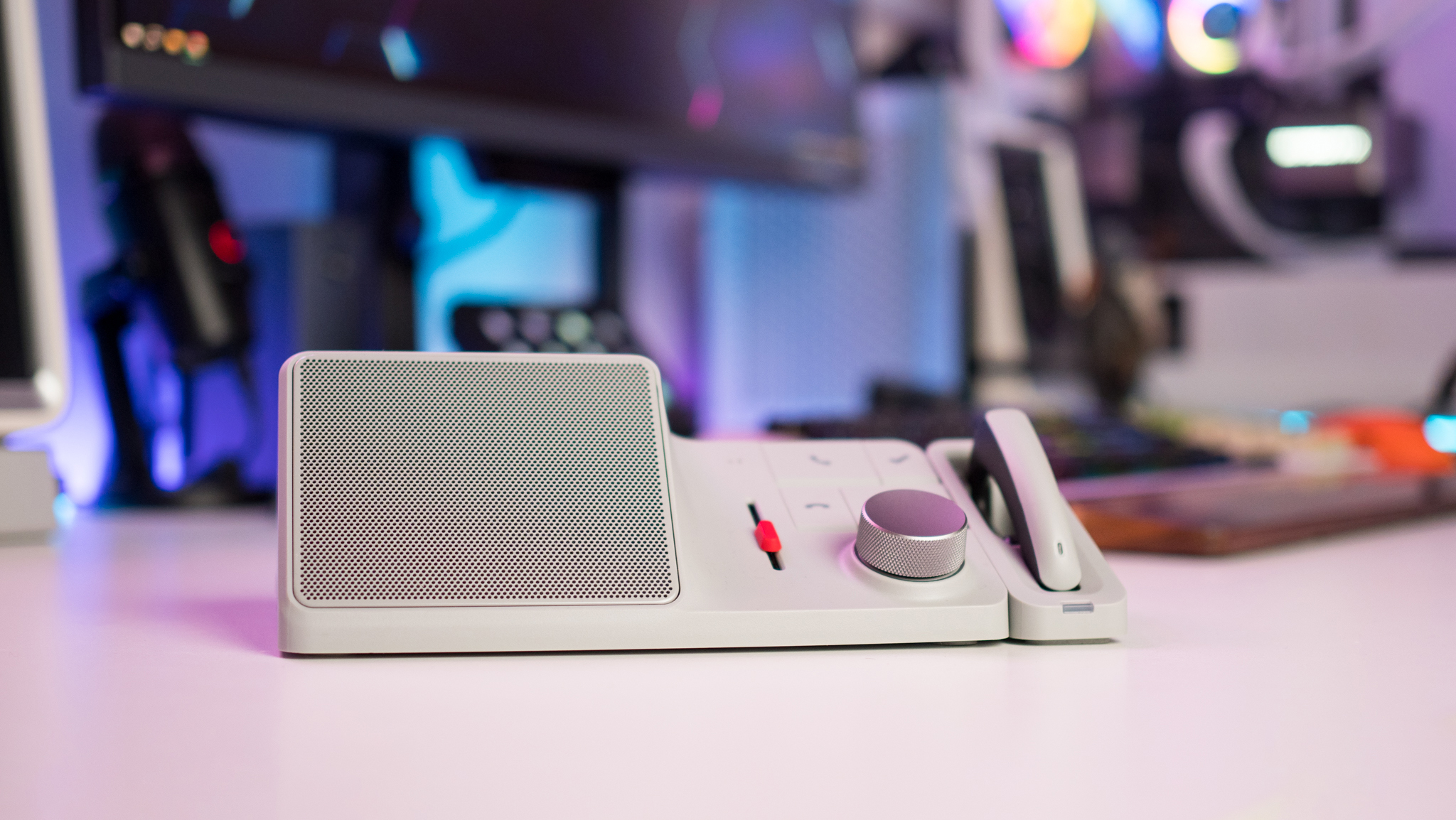Android Central Verdict
The HiDock H1 is a USB-C docking station with a unique advantage — it has a built-in speaker and the ability to record meetings, and uses AI to transcribe audio and summarize notes. It has a good port selection and is able to drive two 4K monitors, you get USB PD charging, and the AI features are decent. The downside is that there's no Thunderbolt connectivity, and you'll have to pay an additional fee to get the most out of the dock's feature-set.
Pros
- +
Good design with loud built-in speaker
- +
Decent selection of ports
- +
AI-assisted transcribing
- +
USB PD charging
Cons
- -
No Thunderbolt connectivity
- -
Need to pay to unlock the best AI features
- -
Earpiece isn't worth the bother
Why you can trust Android Central
I never seem to have enough USB ports at hand, so I use UGREEN's Revodok Max 213 Thunderbolt 4 docking station with my machine, and recently got Elgato's USB Hub to connect to my Stream Deck+, providing two additional USB-C and two USB-A ports. Over the last two months, I used HiDock's H1 alongside the Revodok, and while the H1 has four USB ports, that isn't its best feature — far from it.
The H1 is a USB-C dock with a difference; it has a built-in speaker and mic that allows you to attend meetings, and the best part is that it leverages AI to automatically transcribe audio and provide summaries. The dock uses GPT-4o to transcribe, and HiDock touts background noise isolation, the ability to record phone calls, multiple speaker identification, and a whole lot more.
I use distinct tools to get most of these features, so the idea of all-in-one device is alluring. If you're interested in a dock with built-in audio and AI, this is what you need to know about the H1.
HiDock H1: Pricing and availability

HiDock unveiled the H1 at the end of 2023, with general sale starting at the end of Q1 2024. The H1 is available for $269 on the brand's website, and you can pick it up in Slate Gray or Platinum Gray color variants, with the latter costing an additional $20. There's also an H1E model that has limited ports, and it is retailing at $229.
To get the most out of the dock, you'll need to take a Pro plan of the brand's HiNotes service. In that plan, 1200 minutes of audio transcribing and summarization will set you back $12.99, with 12000 minutes at $119.99. HiDock is now rolling out unlimited quotas as well, with the one-year plan at $199 and a three-year plan available for $599.
HiDock H1: What I like
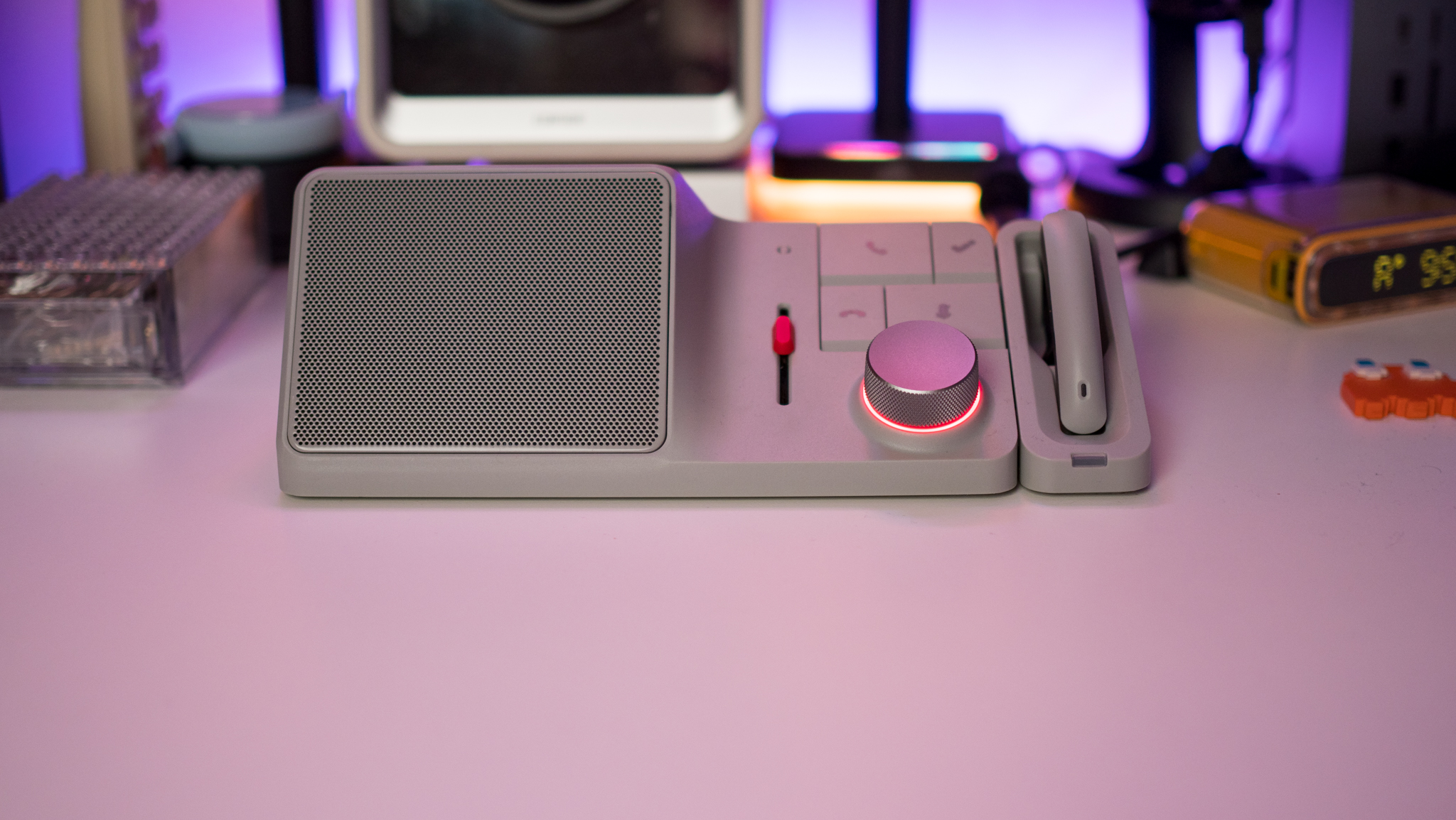
The H1 is larger than most docks, and that's because of the built-in speaker. The overall design is pretty good, and it has a distinct retro styling that I like. You get four chunky buttons with call controls, a knurled volume knob, and a slider that lets you adjust the level of background isolation.
The speaker is angled toward you, and the built-in mic picks up sound even at a distance. HiDock is known for its conference speakerphones, so it isn't surprising that the H1 does a good job in this regard. The sound quality out of the speaker is decent thanks to a 7W driver and 5W tweeter, and you can use it to listen to music in addition to meetings.
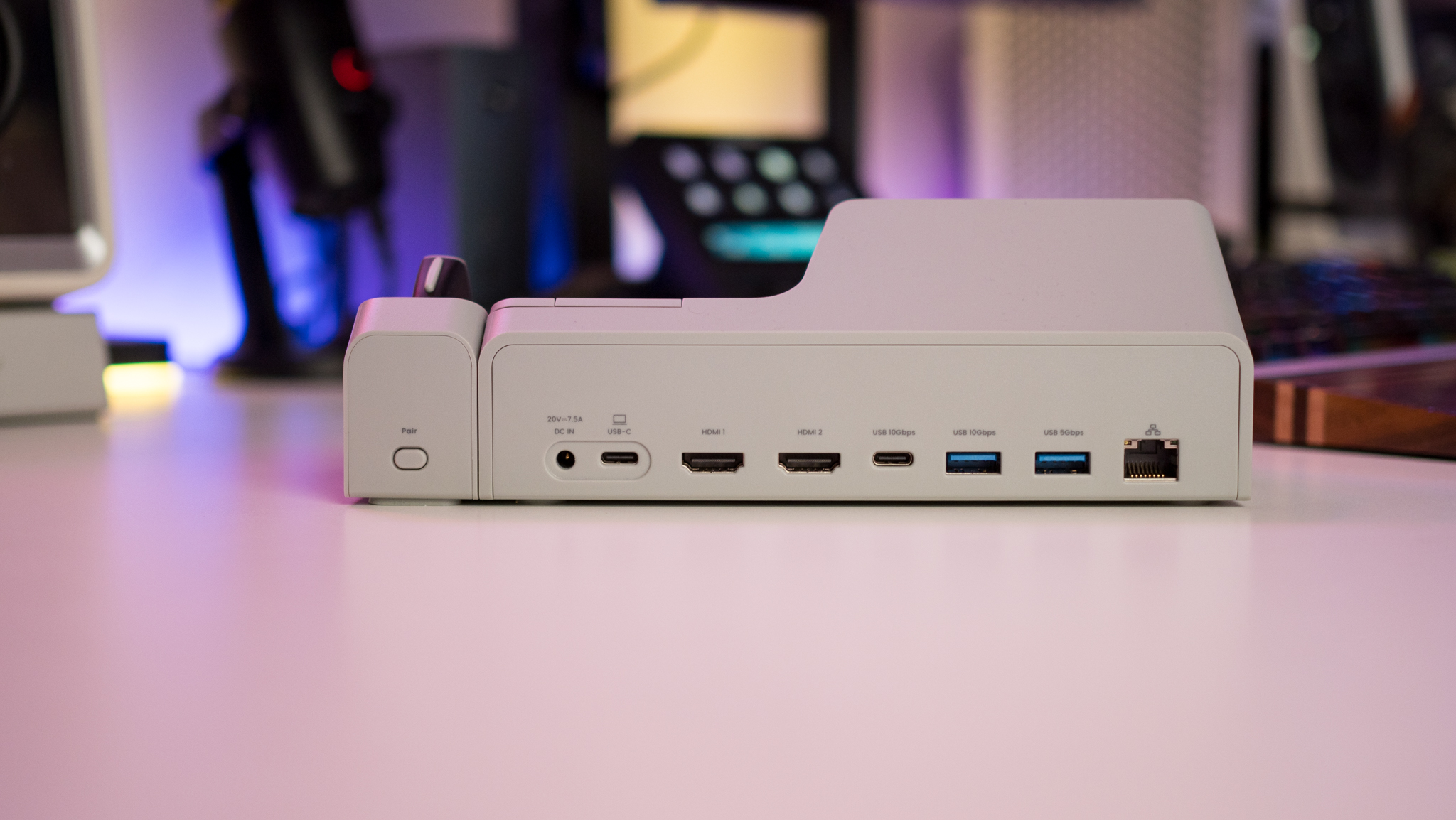
A unique addition is the detachable earpiece, and it attaches magnetically to the right side. The H1 is a USB-C dock, and you get a good selection of ports: there are dual HDMI ports, two USB-C ports, dual USB-A ports, SD/MicroSD card readers on the side, and 2.5GbE Ethernet connectivity.
The H1 takes up a lot of room on the desk, but it doesn't attract too much attention. The build quality is decent, and I didn't run into any issues in the two months I used the dock. You also get decent USB PD charging; any connected notebook can be easily charged at up to 100W, and the USB-C port on the side delivers 18W of charge. The side-mounted port is good enough to charge devices like the Pixel 9 Pro XL and Samsung phones.

Clearly, the biggest talking point of the dock is the AI integration; HiDock touts the H1 with "lifetime free" AI transcription, and that's broadly true, but there are a few caveats. Buying the device automatically unlocks the Membership tier of HiNotes, the brand's notes service. The tier includes unlimited notes from mobile — albeit with a 10-minute limit on audio transcribing — along with AI summaries and the ability to export notes.
I mostly used the H1 with my gaming machine, and it did a decent job recording meetings and delivering summaries after the fact. HiNotes is available as a web app, and that's a good move as you don't have to download anything; all the configuration changes to the H1 and updates are handled via this client.
HiDock uses the GPT-4o language model to transcribe audio, and it was good enough in this area; it didn't pick up a lot of jargon that's used in briefings, but that's okay. The Pro tier unlocks speaker identification as well, and it is a great addition.
HiDock H1: What I don't like
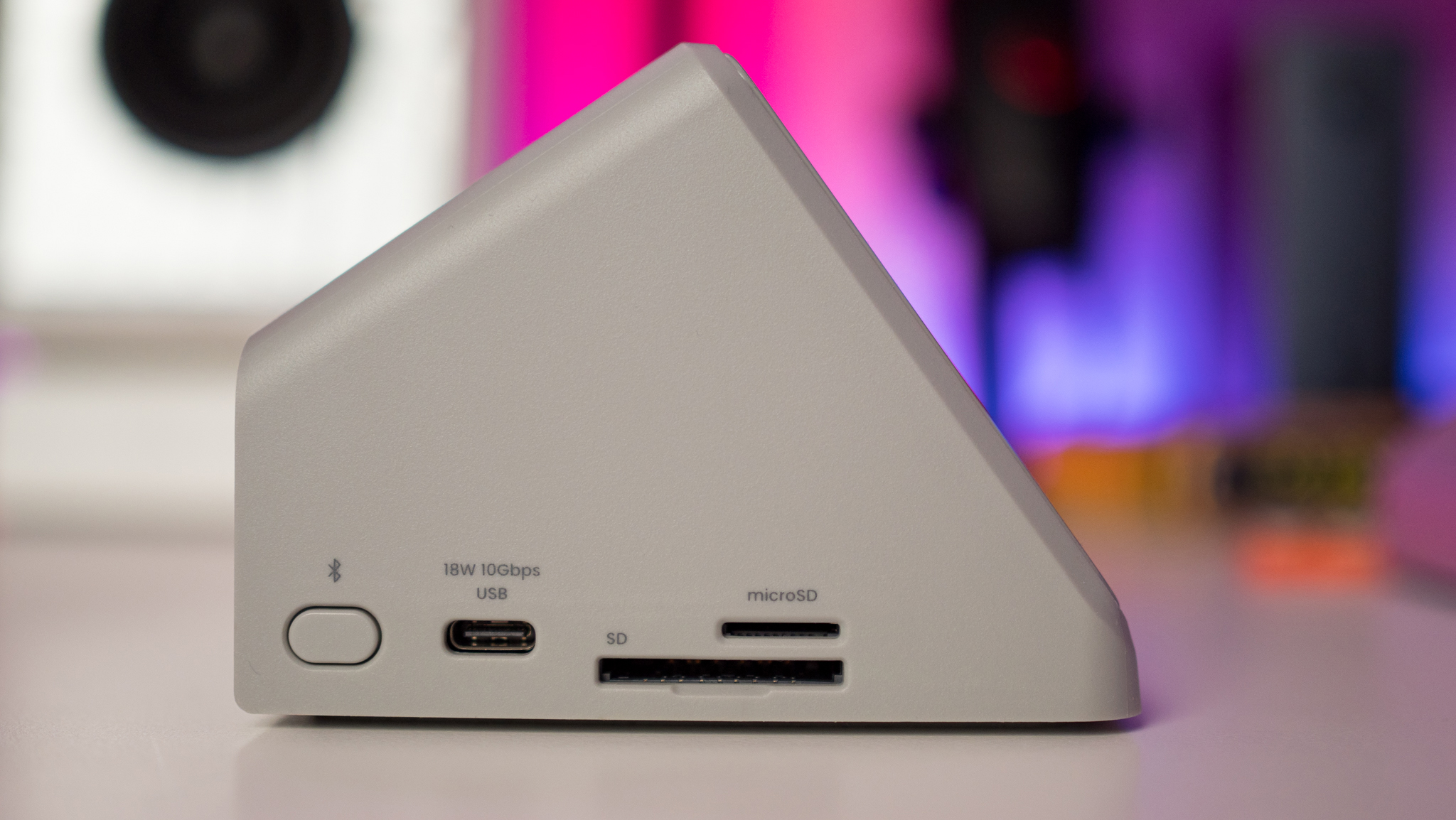
While the premise of the H1 is great, the dock clearly has a lot of teething issues. The USB-C ports are advertised as being 10Gbps, but that wasn't the case when I plugged in storage drives to the dock — I got 5Gbps bandwidth instead.
A weird quirk is that it wasn't able to connect to my Windows machine via a USB-C to USB-C cable; I usually connect all accessories via USB-C, but the H1 necessitated a connection via the bundled USB-C to USB-A cable. It's a minor thing, but if you're seeing issues while setting up the device where the dock isn't showing up, you'll want to switch cables.
Another annoyance is the lack of Thunderbolt 4 connectivity; sure, it would have increased the cost of the H1, but it would have made the dock a much better option overall.
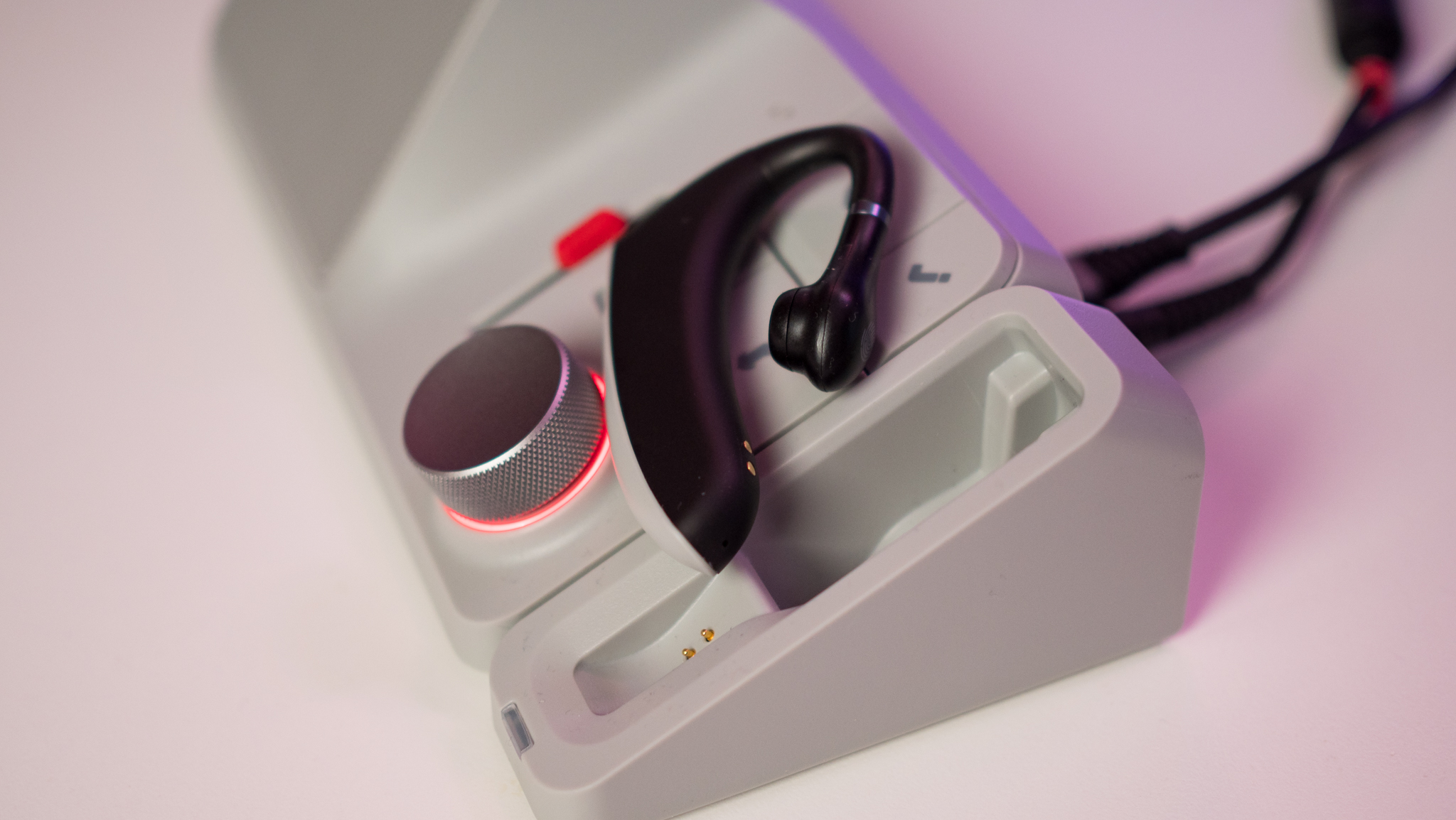
While the audio quality out of the speaker is pretty good, the same cannot be said of the earpiece. It is tinny and the mic inside the earpiece isn't good, but the biggest issue is the fit; I just couldn't get a comfortable fit, and I didn't bother using it after a few tries.
The dock has built-in background isolation, but it isn't anywhere as effective as my preferred solution (NVIDIA Broadcast). If anything, Audeze's Filter does a better job in this area. Also, there were instances where pressing the recording button on the dock didn't trigger a recording, and I had to reconnect the dock to start over.
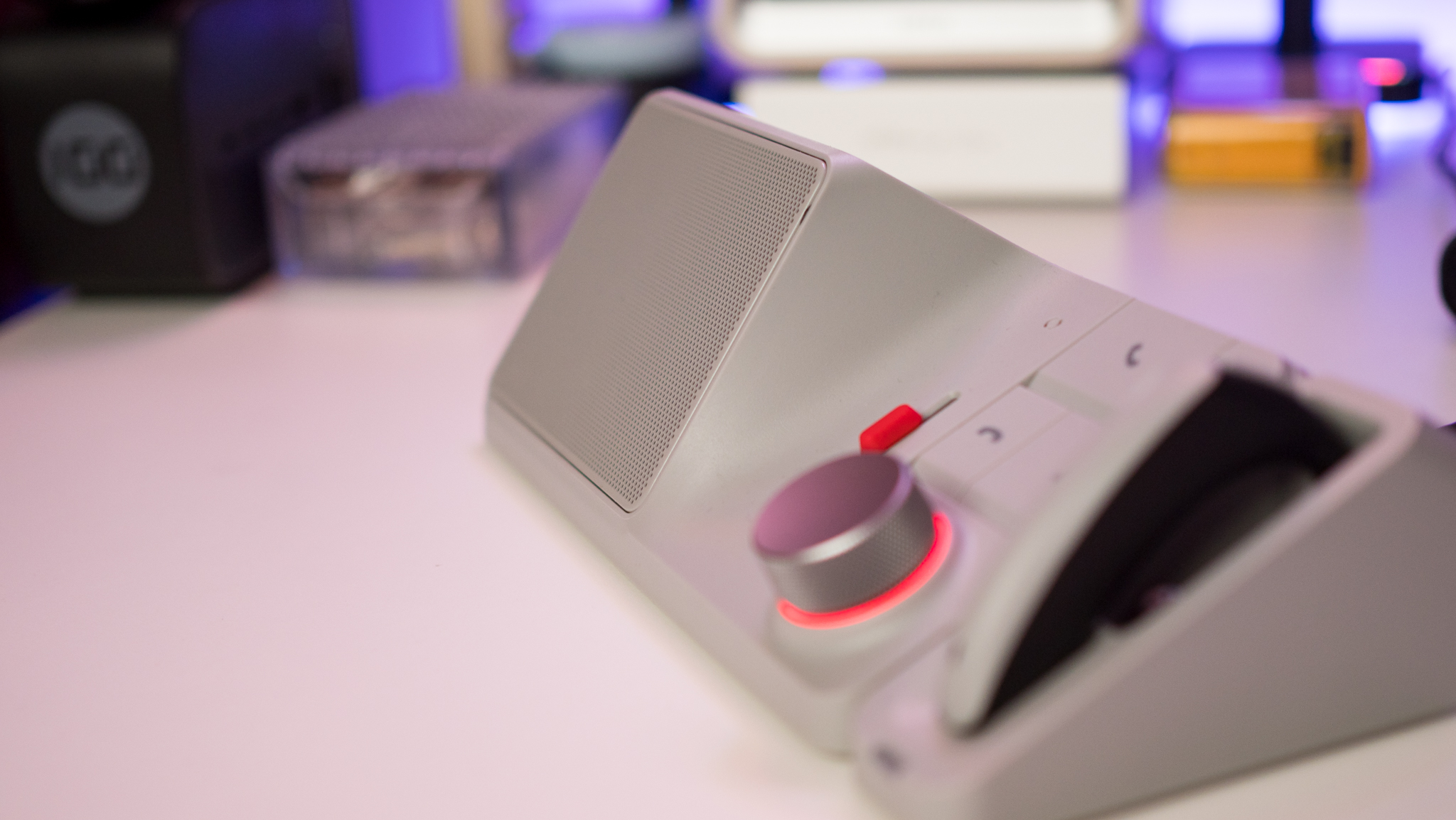
But the biggest limitation is the fact that you'll need to get the Pro plan to unlock the best features. The default Membership tier allows you to upload meetings of up to four hours and get AI-assisted transcribing and summaries, but if you want all the summary templates or need to export notes in Word and PDF formats, you'll need to shell out an additional amount.
Background noise isolation is similarly gated behind the Pro tier, as is speaker identification. These are useful features that ultimately make a tangible difference in how the H1 holds up, and having to pay an additional fee is annoying.
HiDock H1: The competition
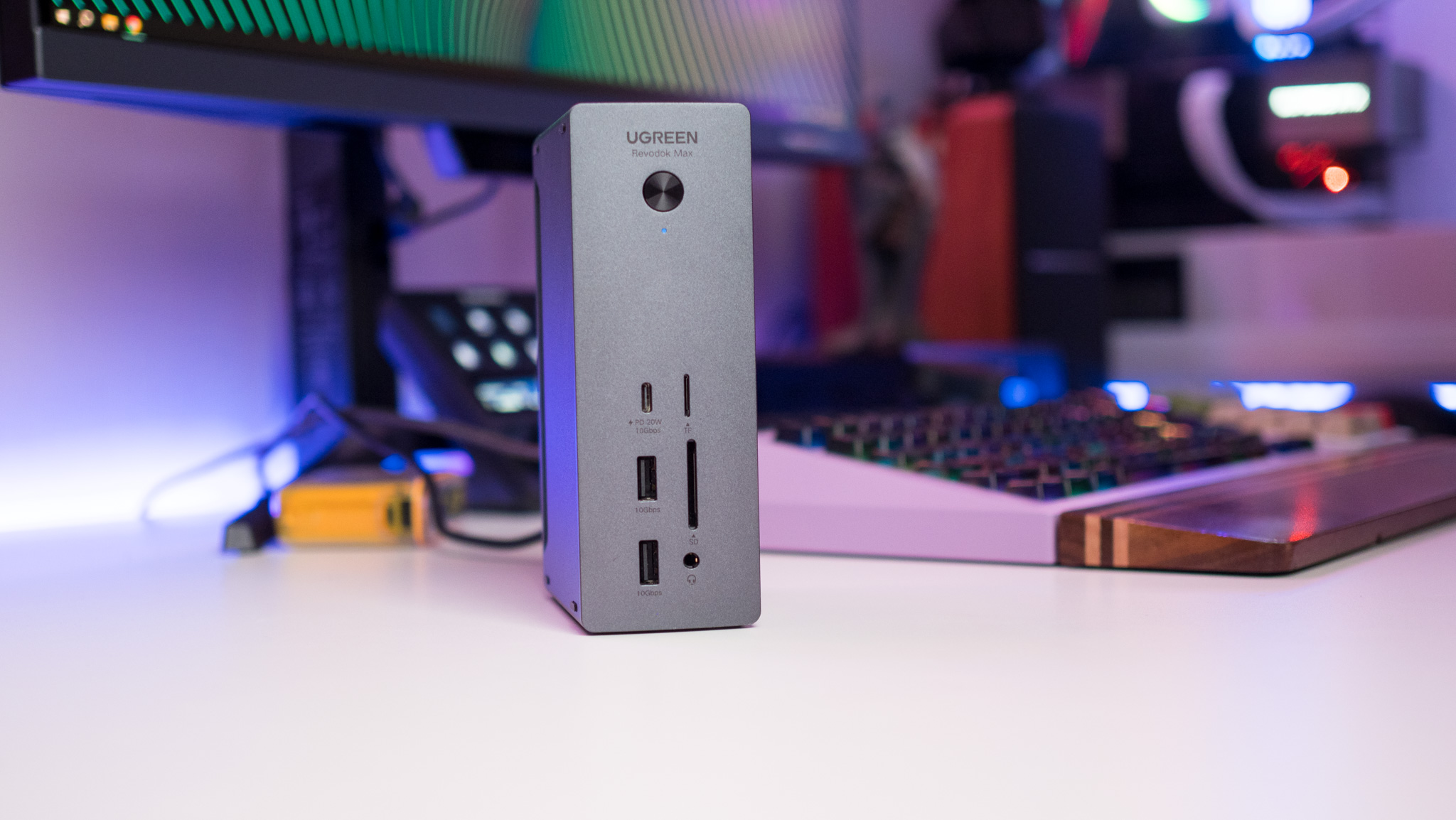
The H1 is unique in that it combines a USB-C dock with a conference speaker, and there isn't quite another product like it. If you just need a docking station, UGREEN's Revodok Max 213 is a great choice. It has Thunderbolt 4 connectivity, all the ports you need, and coming in at $299, it isn't that much costlier than the H1 — albeit without any of the AI features.
HiDock H1: Should you buy it?
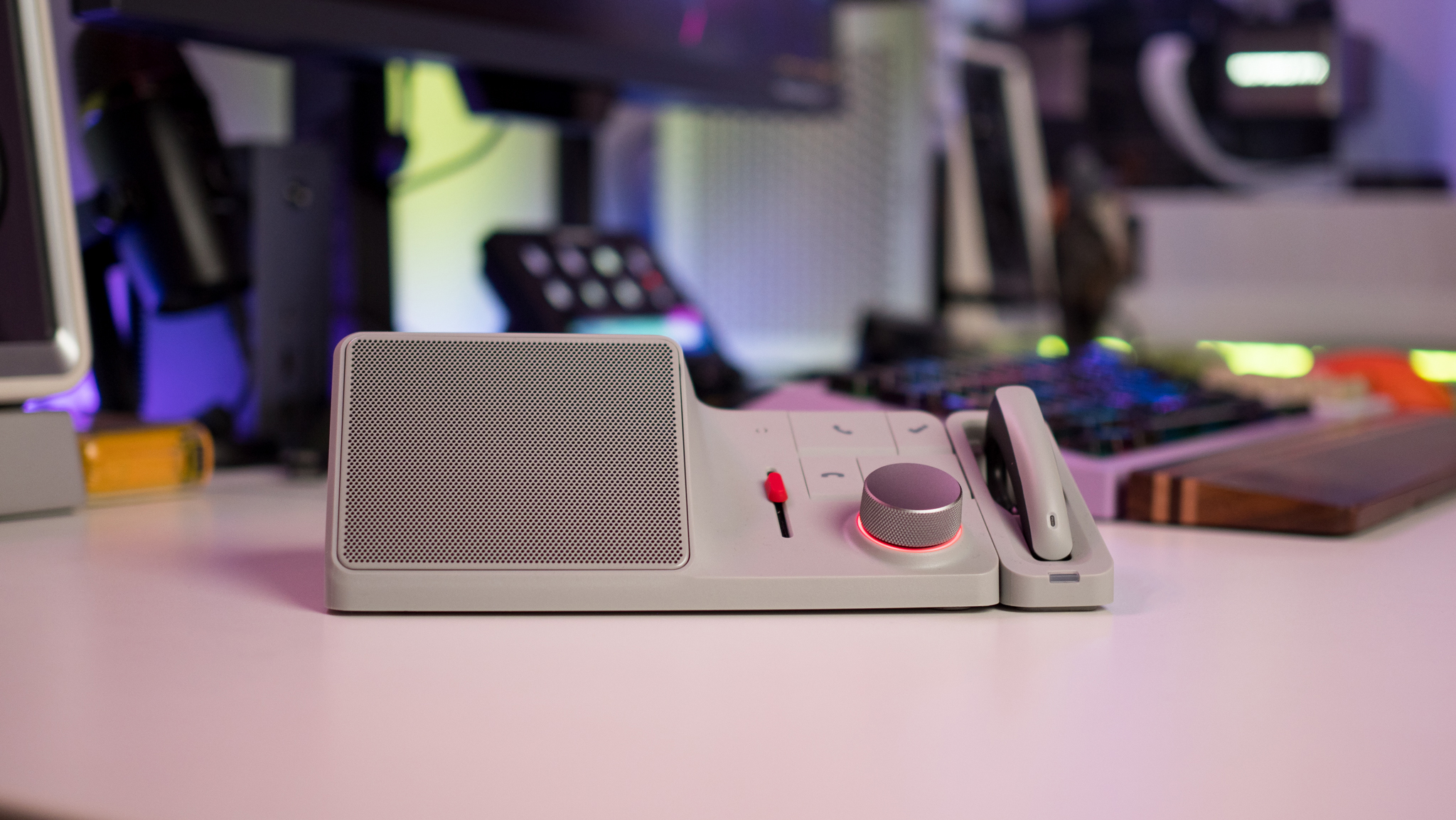
You should buy this if:
- You need an easy way to transcribe meetings
- You want a USB dock with good design and decent port selection
You shouldn't buy this if:
- You need Thunderbolt 4 connectivity
- You don't intend to use the AI features
To HiDock's credit, the brand got a lot right with the H1, but there are foibles that ultimately prevent the dock from being a great product. The H1 is primarily a dock, but it has issues with bandwidth, and I had to reconnect the dock several times in the two months I used it.
The AI features are great overall; the ability to transcribe audio and generate summaries of meetings is a novel addition. HiNotes is a good utility, but it is frustrating to use on mobile, and you will need to pick up the Pro plan to get the most out of the service.
There's clearly potential here, and if HiDock is able to iron out the kinks, a second-gen H1 would be easier to recommend.

Harish Jonnalagadda is Android Central's Senior Editor overseeing mobile coverage. In his current role, he leads the site's coverage of Chinese phone brands, networking products, and AV gear. He has been testing phones for over a decade, and has extensive experience in mobile hardware and the global semiconductor industry. Contact him on Twitter at @chunkynerd.
You must confirm your public display name before commenting
Please logout and then login again, you will then be prompted to enter your display name.
